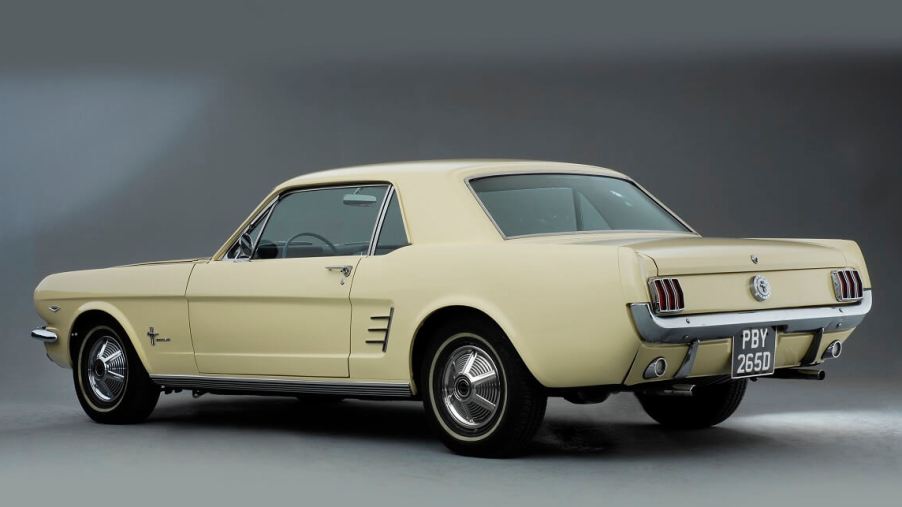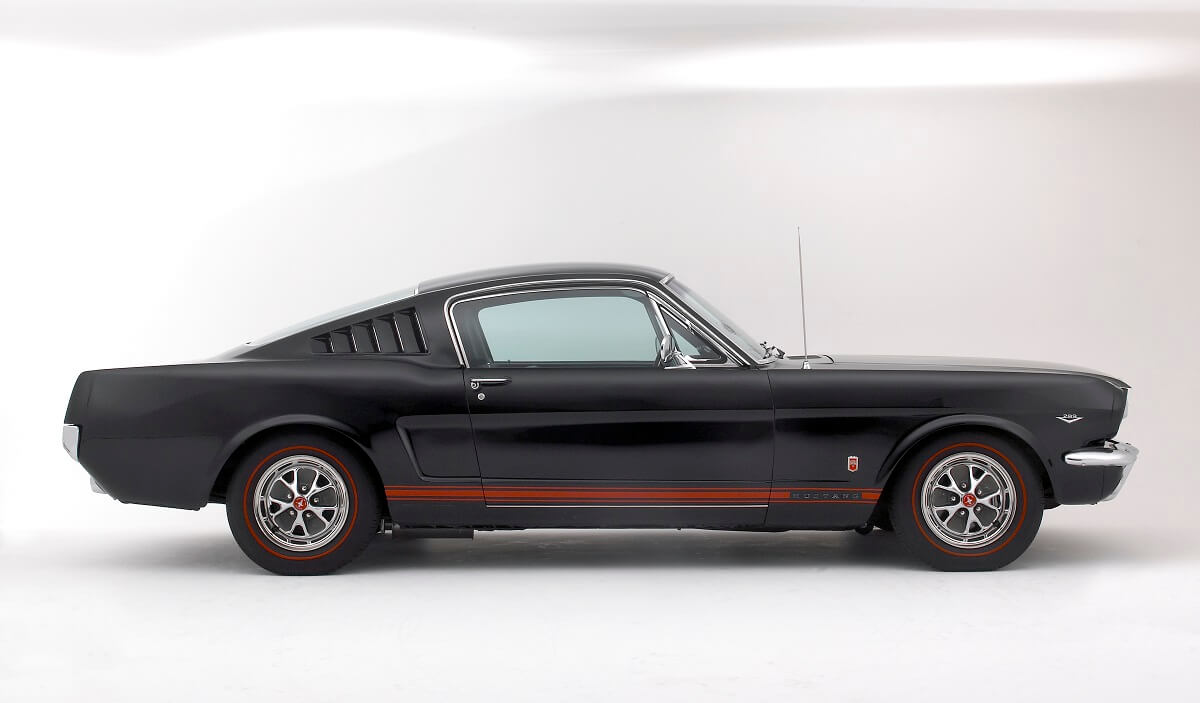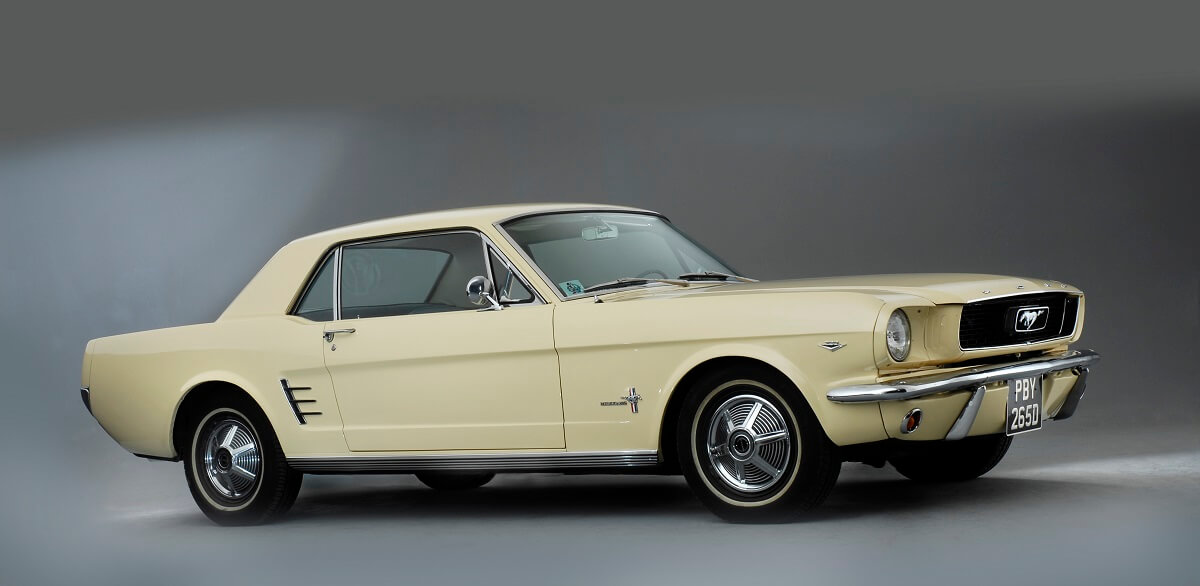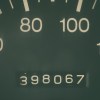
1966 Mustang: Collectible Ride or Just Another Old Pony Car?
The 1966 Ford Mustang enjoyed the seemingly unstoppable momentum of the 1965 and “1964 ½” models. It held America’s attention. So much so that the model’s iconic silhouette is undoubtedly one of the images you conjure when you picture classic Mustangs. Still, 57 years later, is the old pony car a proper collectable or worthy project?
Are 1966 Mustangs rare?

In short, no, 1966 Ford Mustangs are not rare. However, the model year’s ubiquity has a caveat: the fastback and convertible models are far less commonplace than the standard two-door hardtop. Fomoco reports that Ford built around 15 times as many coupes as it did fastbacks.
| Model type | Quantity (1966) |
| Standard Coupe | 422,416 |
| Standard Fastback | 27,809 |
| Standard Convertible | 56,409 |
The 1966 sales figures amounted to a colossal 607,568 units, more than any other Ford Mustang model year. In comparison, Ford sold 47,566 Mustangs in 2022, nearly 13 times fewer than the classic Mustangs the Blue Oval sold in 1966.
What’s more, the 1966 model year saw more Mustang sales than the entire run of the sixth-generation (S550) lineup. However, Ford sold more Mustangs last year than 1966 Fastback models.
So, while the 1966 Coupe isn’t exactly get-home-and-write-to-your-momma sort of exciting, the fastback is a much more infrequent and, consequently, sought-after sighting.
Is a 1966 Mustang considered a muscle car?
Many car enthusiasts consider the Ford Mustang a muscle car. After all, it fits a debatable yet familiar formula: rear-wheel drive (RWD), long front-end, short rear-end, and optional V8 power. However, purists and hair-splitters won’t consider classic Mustangs like the 1966 model anything other than a pony car.
What engine is in a 1966 Mustang?
The 1966 Ford Mustang was the last model year before the Blue Oval started offering its larger-displacement 302 cubic-inch (ci) V8. As a result, the largest mill the classic Mustang packed was a 289ci V8.
| 200ci “Thriftpower” Inline-Six | 120 horsepower | 190 lb-ft of torque |
| 289ci SBF V8 | 200 horsepower | 282 lb-ft of torque |
| 289ci 4-Barrel SBF V8 | 225 horsepower | 305 lb-ft of torque |
| 289ci “HiPo” SBF V8 | 271 horsepower | 312 lb-ft of torque |
Of course, the engine output also boils down to the “code” of the car. According to Mustang Specs, a K-Code Shelby could up the 289 V8’s power output to 306 horsepower at 6,000 RPM. While all of the 289s maintained the same bore and stroke, the A and D-Code cars upped compression to 10.0:1 from 9.3:1.
If you want to find out which code your classic Mustang carries, check the fifth character on the chassis number.
How much is a 1966 Mustang worth today?

Today’s average sale of a 1966 Ford Mustang nets around $36,471, per Classic.com. Of course, fastbacks, convertibles, and K-Code cars tend to sell for much more than coupes. For instance, K-Code fastbacks will routinely sell for anywhere between $80,000 and $120,000, depending on the condition.
Still, classic Mustangs are valuable to builders, hot rodders, and enthusiasts for a different reason. The model’s massive sales success means many coupes are still on the road, just begging to be built into resto-mods or lovingly restored. Moreover, a coupe has the potential to be a much more budget-friendly foray into classic Mustang ownership than a fastback.
As with JDM and European sports car models, value is in the eyes of the beholder. As a result, a classic Mustang has the potential to be a collectible for nearly any petrolhead.



